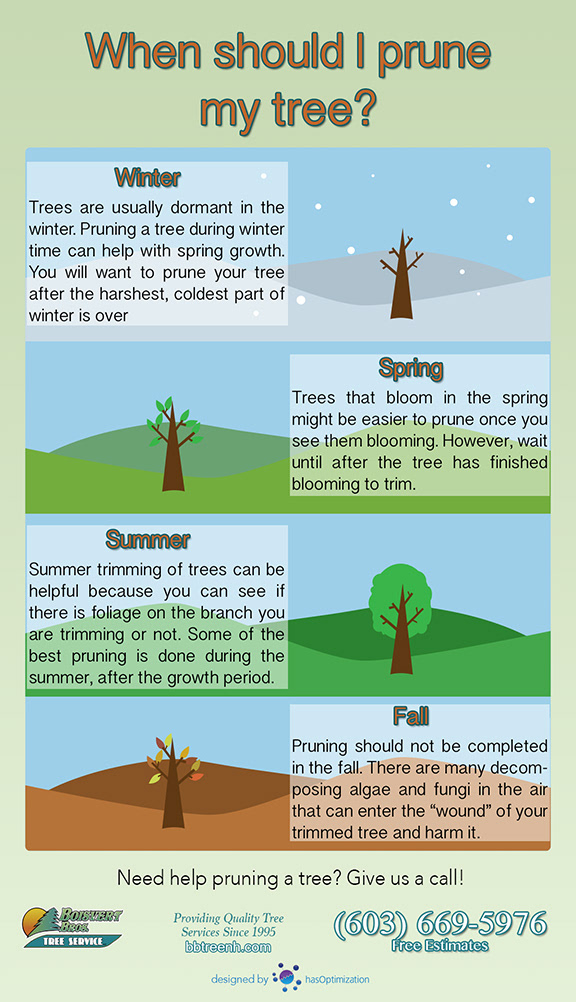Indicators Suggesting The Need For Tree Removal: Identifying Risky Trees
Indicators Suggesting The Need For Tree Removal: Identifying Risky Trees
Blog Article
Created By-Winther Connell
When it comes to tree treatment, identifying the indications that it's time for elimination is crucial for your safety and security and property. You might observe stained leaves, wilting branches, or strange fungal growths indicating health issue. How To Remove A Tree , like a substantial lean or splits in the trunk, can additionally pose dangers. Recognizing mouse click the next web page warning signs can help you make educated decisions concerning your trees and protect against prospective risks lurking in your backyard. What should you try to find next?
Indicators of Degeneration and Condition
When you see signs of decay and condition in your trees, it's critical to act rapidly. Look for discolored leaves, wilting branches, or uncommon developments like fungi. These can show that your tree is having a hard time.
If you see fractures in the bark or soft, mushy wood, these signs and symptoms recommend internal decay. Additionally, an abrupt increase in pests around your tree can signal that it's damaged and prone.
Look for any kind of dead or dying arm or legs, as they present a threat to your building and security. If you doubt regarding what you see, seeking advice from an arborist can give clarity.
Resolving these signs early can save you from more comprehensive damage and guarantee the health of your lawn. Don't wait until it's too late.
Structural Instability and Leaning
As you observe your trees, keep an eye out for any signs of structural instability or leaning. If a tree leans considerably, it may indicate that the root system is compromised.
Try to find any kind of cracks in the trunk or dirt around the base; these can signify prospective failure. Furthermore, check for unusual development patterns, like an uneven crown, which may suggest that the tree is battling to hold itself upright.
If you see that the tree favors your home, high-voltage line, or various other structures, it postures a greater risk. Do not disregard https://www.postandcourier.com/news/charleston-taking-action-on-possible-sce-g-tree-abuse-after-complaints-rise/article_55f47438-3e99-11e9-9a84-c782aeee0208.html -- speak with an arborist to analyze the scenario.
Doing something about it early can avoid pricey damage and guarantee your safety.
Dead or Dying Branches and Vegetation
If you notice dead or dying branches and vegetation on your tree, it's a clear indicator that something's wrong.
These undesirable locations can suggest underlying problems like condition, parasite infestations, or ecological stress and anxiety. When branches lose their leaves or transform brownish, they're no longer adding to the tree's wellness. Ignoring these indicators could bring about more decline, making your tree extra dangerous.
Dead branches can quickly break off during storms, posing a risk to building and individuals close by. It's vital to assess the degree of the damage.
If the problem affects a substantial part of the tree, consider consulting an expert. They can help establish if elimination is required to ensure security and keep the appeal of your landscape.
Final thought
If you notice any indications of degeneration, structural instability, or dead branches on your trees, do not overlook them. These indications can position serious security dangers to you and your property. It's constantly best to speak with a professional arborist that can offer a professional evaluation of your trees. Acting early can avoid crashes and pricey damages, ensuring your landscape continues to be secure and healthy. Keep in mind, it's far better to be proactive about tree treatment than to await a calamity to occur.
